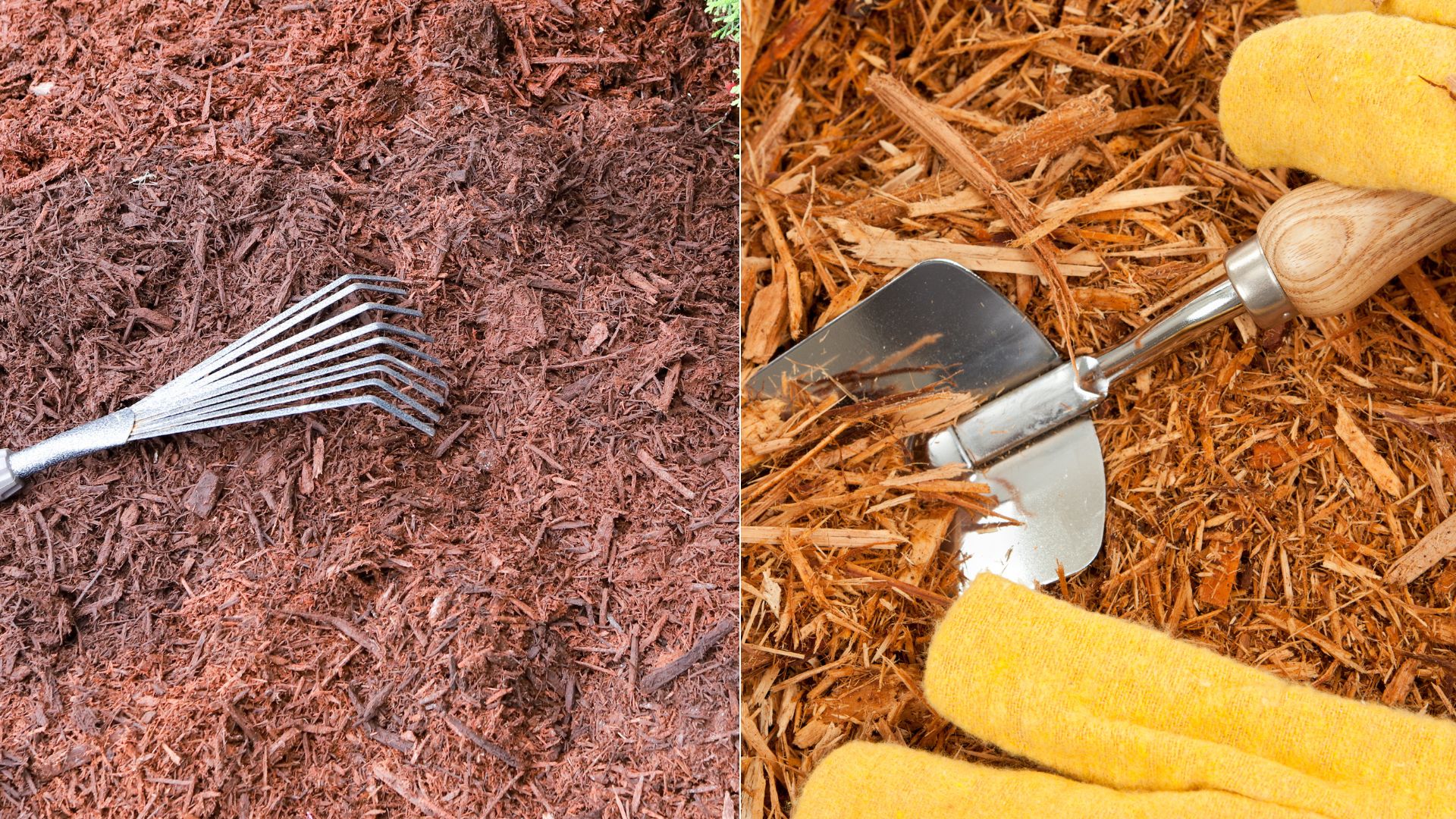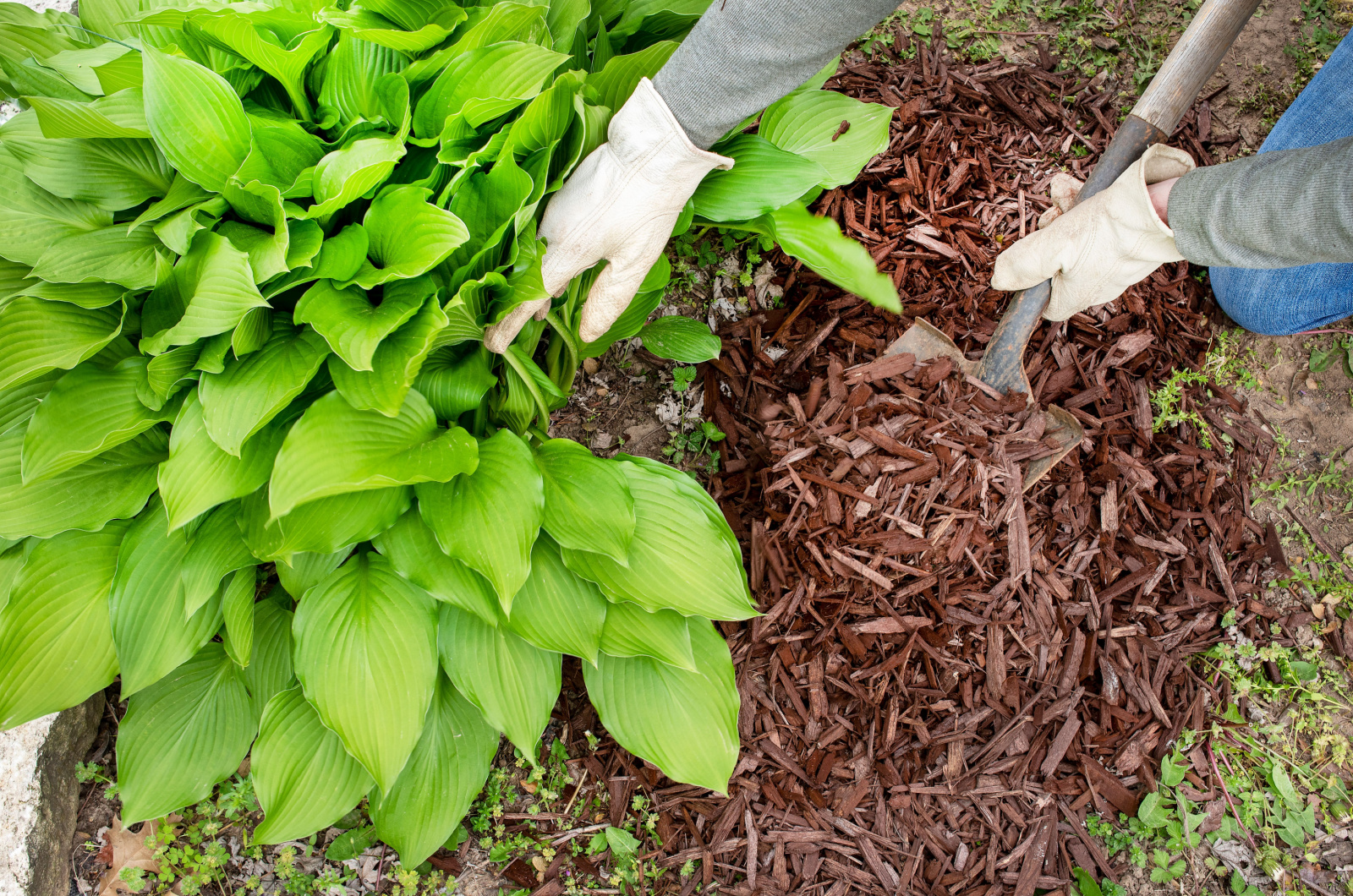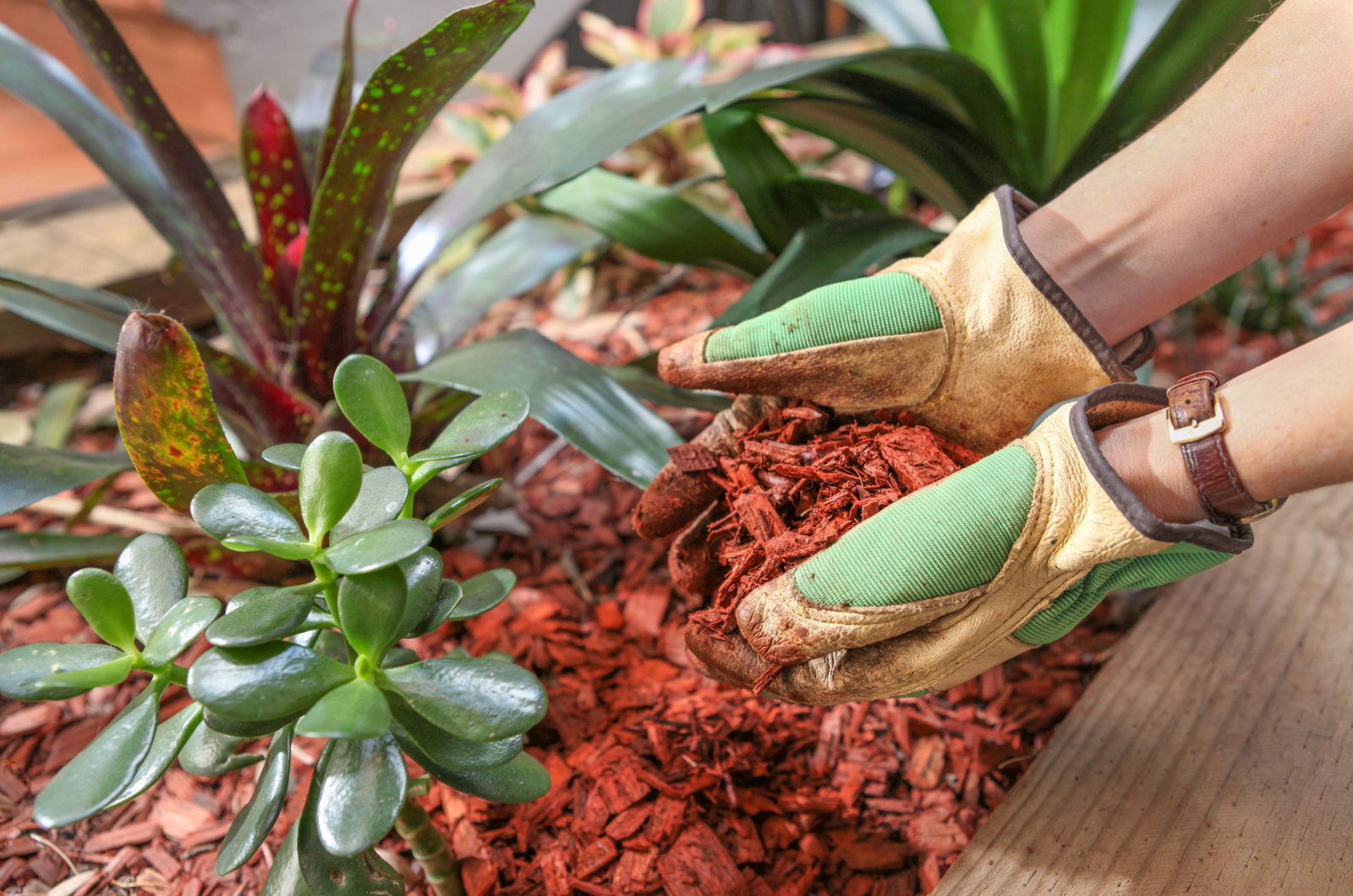Mulching is a great way of reducing the amount of work you have to do around your garden. It regulates the soil temperatures, keeps the substrate moist for longer, and prevents the emergence of pesky weeds.
Be that as it may, excess mulch can negatively affect your plants. Too thick of a layer can prevent oxygen from reaching the plants’ roots or the roots can grow into the mulch and dry out as soon as the mulch dries out.
There are other effects of excess mulch that can harm your plants, so make sure never to add too much of it.
Here’s everything that can go wrong when mulching as well as some guidelines on how to do it properly!
How Excess Mulch Affects The Garden
As I’ve already mentioned, a thick layer of mulch can restrict oxygen from getting to your plant’s roots, resulting in poor air circulation and root rot.
Another thing that can happen when applying too much mulch is that it may trap water underneath, so your plants won’t be able to dry out a bit. This can lead to overwatering and root rot, eventually killing your plants if you don’t catch it in time.
Additionally, thick mulch can make watering rather difficult since not much moisture will be able to seep through. Plant roots, in search of water and oxygen, may start growing into the mulch.
This puts your plant at risk from drying out because it won’t be able to burrow deep and look for moisture once the mulch dries.
Also, excess mulch can attract rats and all sorts of rodents that like to hide within its thickness and softness, which is all the more reason not to overdo it.
Does Mulching Deplete The Soil Of Nitrogen?
There’s a common misconception that mulching your plants with fresh wood chips will deplete the soil of nitrogen, making it uninhabitable for your plants.
That’s because the bacteria that will decompose it require nitrogen in order to do so, but they require such small quantities that your plant wouldn’t even feel it.
According to Bryant RedHawk’s post on the Permaculture Research Institute forum, the depletion of nitrogen would only occur under and around the wood.
The only situation when you should worry about the wood chips robbing your plants of nitrogen is if you have shallow-rooted plants, such as herbs, some veggies, etc.
But in this case, you can just add some compost and it will leach right through those nitrogen-robbing wood chips and give your plants exactly what they need.
What’s The Right Amount?
Now that you know what excess mulch can (and can’t) do, let’s see what’s the right amount you should use.
A general rule of thumb is to never use more than 2-3 inches of mulch, though it may depend on the type of landscaping projects you’re undertaking.
If you have flower and vegetable garden beds, you should stay within these parameters and your plants will thrive.
However, you can always start small and work your way up. Lay an inch-thick layer of mulch and if it doesn’t seem to keep weeds at bay or regulate the temperature properly, you can lay another inch and see whether that works for you.
Also, make sure that the mulch you use doesn’t touch the stems and trunks of your plants and trees. It can increase the moisture and reduce air circulation in these spots, causing your plants to start rotting.
And if you want to keep your garden covered during winter, remember that a three inch layer of mulch is just enough. Don’t add more than this and make sure to remove it as soon as the new growth in spring starts.



